Clove Tree Sumatra Info: Recognizing Sumatra Disease Of Cloves

Sumatra disease is a serious problem that affects clove trees, particularly in Indonesia. It causes leaf and twig dieback and will, eventually, kill the tree. Keep reading to learn more about clove tree sumatra disease symptoms and how to manage and treat cloves with sumatra disease.
What is Sumatra Disease of Cloves?
Sumatra disease is caused by the bacterium Ralstonia syzygii. Its only host is the clove tree (Syzygium aromaticum). It tends to affect older, larger trees that are at least ten years old and 28 feet (8.5 m.) tall. Early symptoms of the disease include leaf and twig dieback, usually starting with older growth. The dead leaves may drop from the tree, or they may lose their color and remain in place, giving the tree a burnt or shriveled appearance. Affected stems may also drop, making the overall shape of the tree jagged or uneven. Sometimes this dieback affects only one side of the tree. The roots may start to decay, and gray to brown streaks may appear on newer stems. Eventually, the whole tree will die. This tends to take between six months and three years to happen.
Combatting Sumatra Clove Disease
What can be done to treat cloves with sumatra disease? Some studies have shown that inoculating clove trees with antibiotics before symptoms start to show can have a positive effect, slowing down the appearance of symptoms and extending the productive life of the trees. This does, however, cause some leaf burn and stunting of flower buds. Unfortunately, the application of antibiotics does not cure the disease. As the bacterium is spread by the insect Hindola spp., insecticidal control may help prevent the spread of the disease. The bacterium spreads easily with very few insect vectors, however, so insecticide is not by any means a completely effective solution.
Gardening tips, videos, info and more delivered right to your inbox!
Sign up for the Gardening Know How newsletter today and receive a free copy of our e-book "How to Grow Delicious Tomatoes".

The only child of a horticulturist and an English teacher, Liz Baessler was destined to become a gardening editor. She has been with Gardening Know how since 2015, and a Senior Editor since 2020. She holds a BA in English from Brandeis University and an MA in English from the University of Geneva, Switzerland. After years of gardening in containers and community garden plots, she finally has a backyard of her own, which she is systematically filling with vegetables and flowers.
-
 Looking For Plants To Give You The Soft And Fuzzies? Try These 5 Fuzzy Leaf Plant Options
Looking For Plants To Give You The Soft And Fuzzies? Try These 5 Fuzzy Leaf Plant OptionsLovers of texture, drama, silver foliage and tactile plants will adore these special sensory garden additions. These fuzzy leaf plant options will leave you all aglow
By Susan Albert
-
 Get Ready For A Summer Of Hummers! Grow These Full Sun Hummingbird Plants and Flowers
Get Ready For A Summer Of Hummers! Grow These Full Sun Hummingbird Plants and FlowersIf you’re lucky enough to enjoy a sunny backyard, make sure you are maxing out on your pollinator opportunities and grow these full sun hummingbird plants and flowers
By Tonya Barnett
-
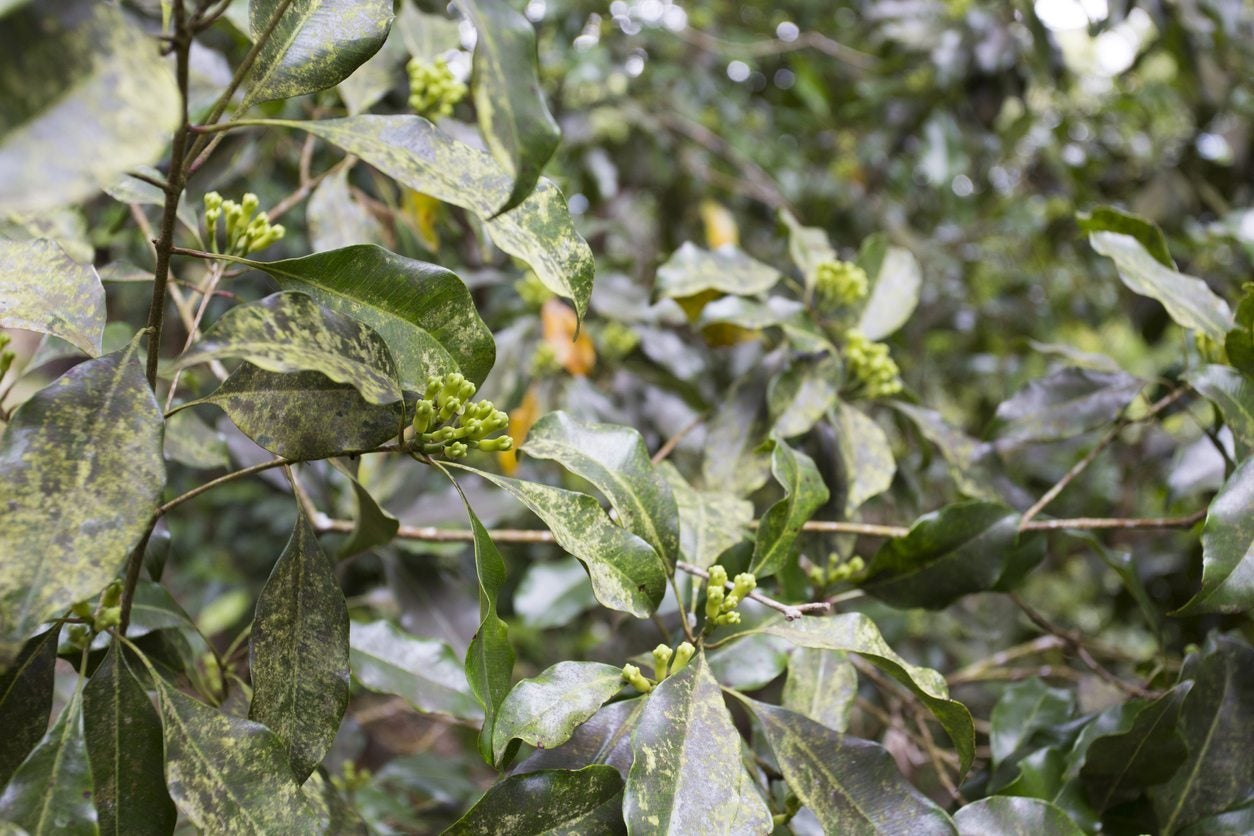 Common Clove Tree Issues – Managing Problems With Clove Trees
Common Clove Tree Issues – Managing Problems With Clove TreesDid you ever poke cloves into a baked ham for the holidays and wonder where they come from? They are unopened flower buds that grow on a clove tree. Before you plant a clove tree, you should learn a little about clove tree problems. This article will help with that.
By Teo Spengler
-
 Can You Grow Cloves In Containers – How To Grow A Clove Tree In A Pot
Can You Grow Cloves In Containers – How To Grow A Clove Tree In A PotIt's tempting to want a clove tree of your very own, but their extreme sensitivity to cold makes them impossible for most gardeners to grow outdoors. Can you grow cloves in containers? Learn more about caring for container grown clove trees in this article.
By Liz Baessler
-
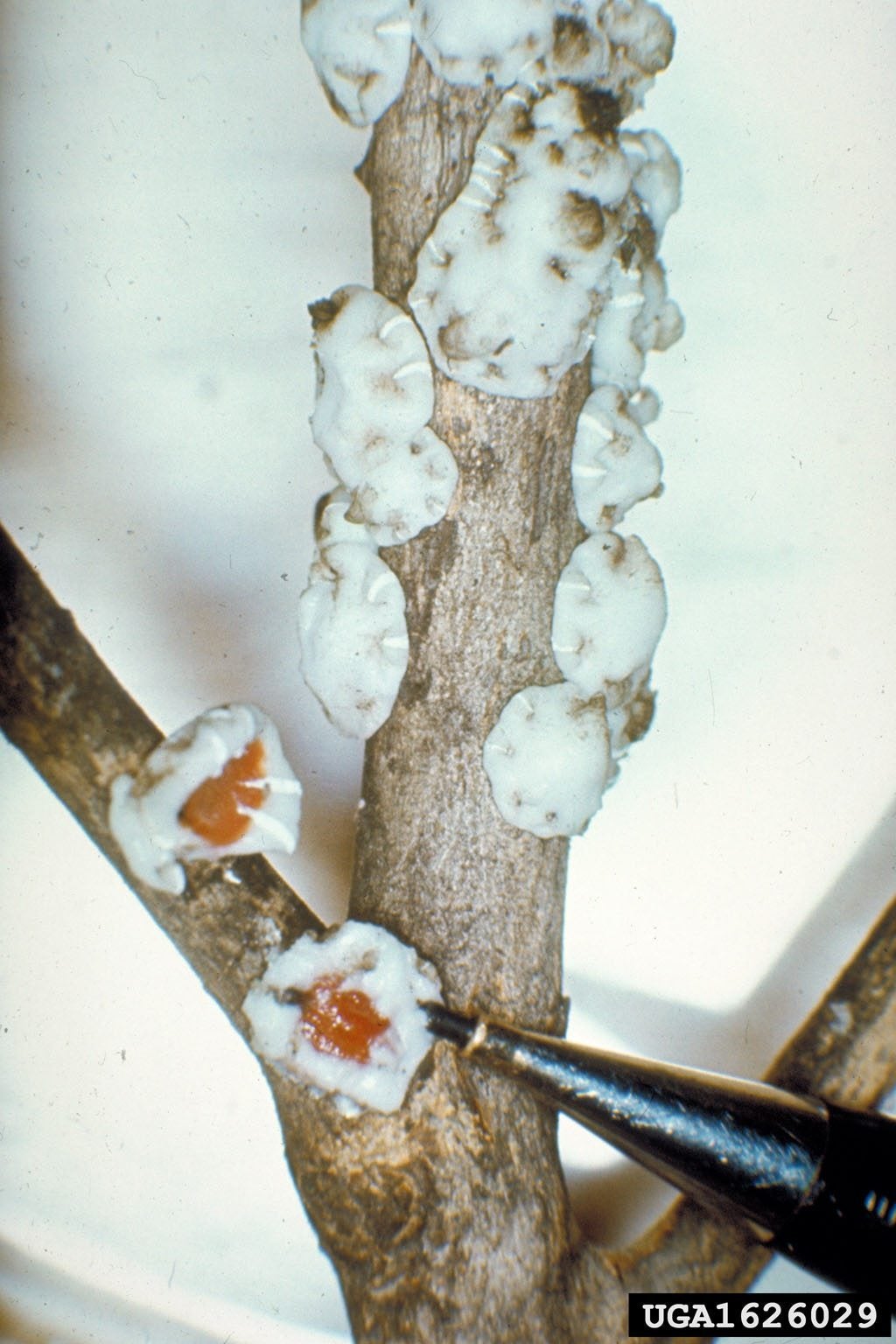 Clove Tree Pests: Controlling Pests On A Clove Tree
Clove Tree Pests: Controlling Pests On A Clove TreeClove trees (Syzygium aromaticum) are evergreens grown for their aromatic flowers. The clove itself is the unopened flower bud. A number of clove tree pests attack the plant. For more information about pests of clove trees, click this article.
By Teo Spengler
-
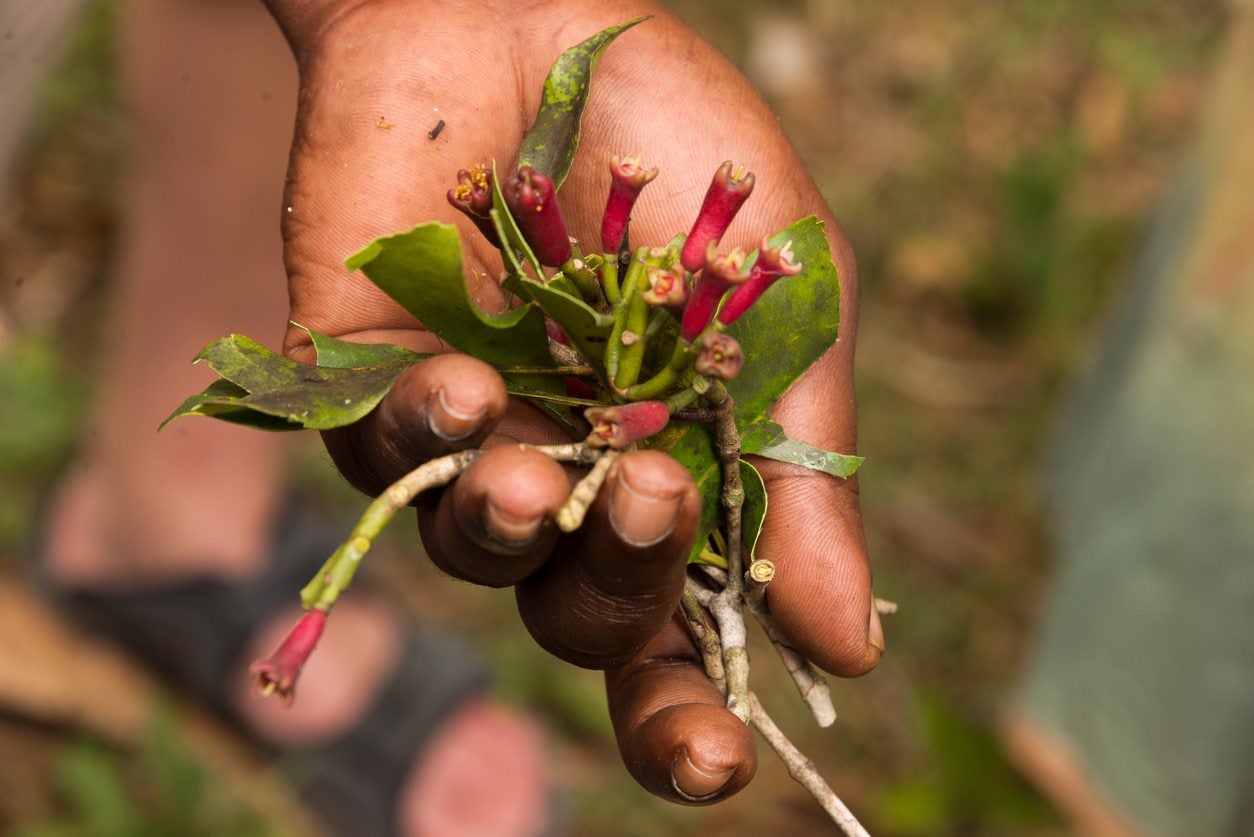 Clove Tree Propagation Tips – Methods For Propagating Clove Trees
Clove Tree Propagation Tips – Methods For Propagating Clove TreesWhile the spice is technically the plant's seed, you cannot buy a jar of cloves at the grocery store and plant them to grow a clove tree of your own. If you would like to know how to propagate a clove tree, click here for clove propagation methods and tips.
By Darcy Larum
-
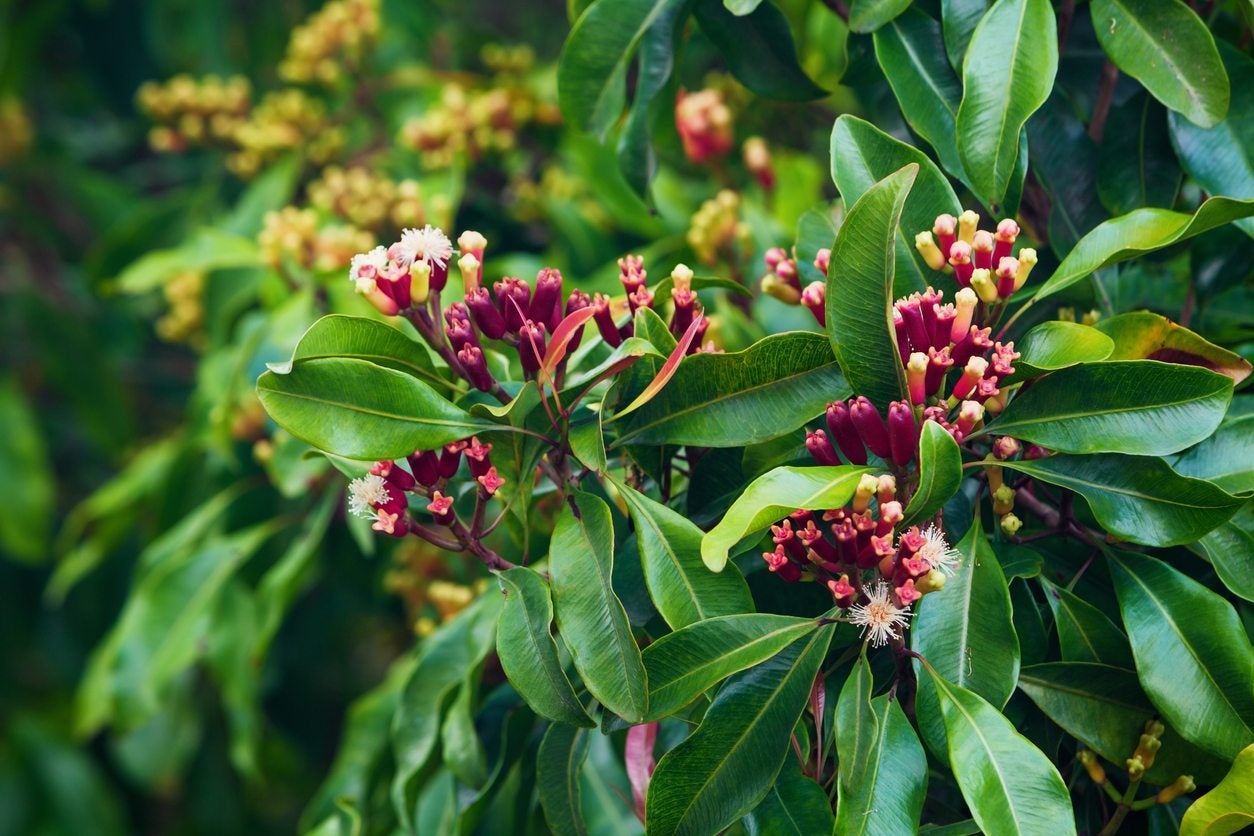 Common Clove Tree Diseases: Learn How To Treat A Sick Clove Tree
Common Clove Tree Diseases: Learn How To Treat A Sick Clove TreeAlthough they are generally hardy and easy to grow, clove trees are susceptible to several clove tree diseases. Click on the article that follows for more information about diseases of clove trees and tips on how to treat a sick clove tree.
By Mary H. Dyer
-
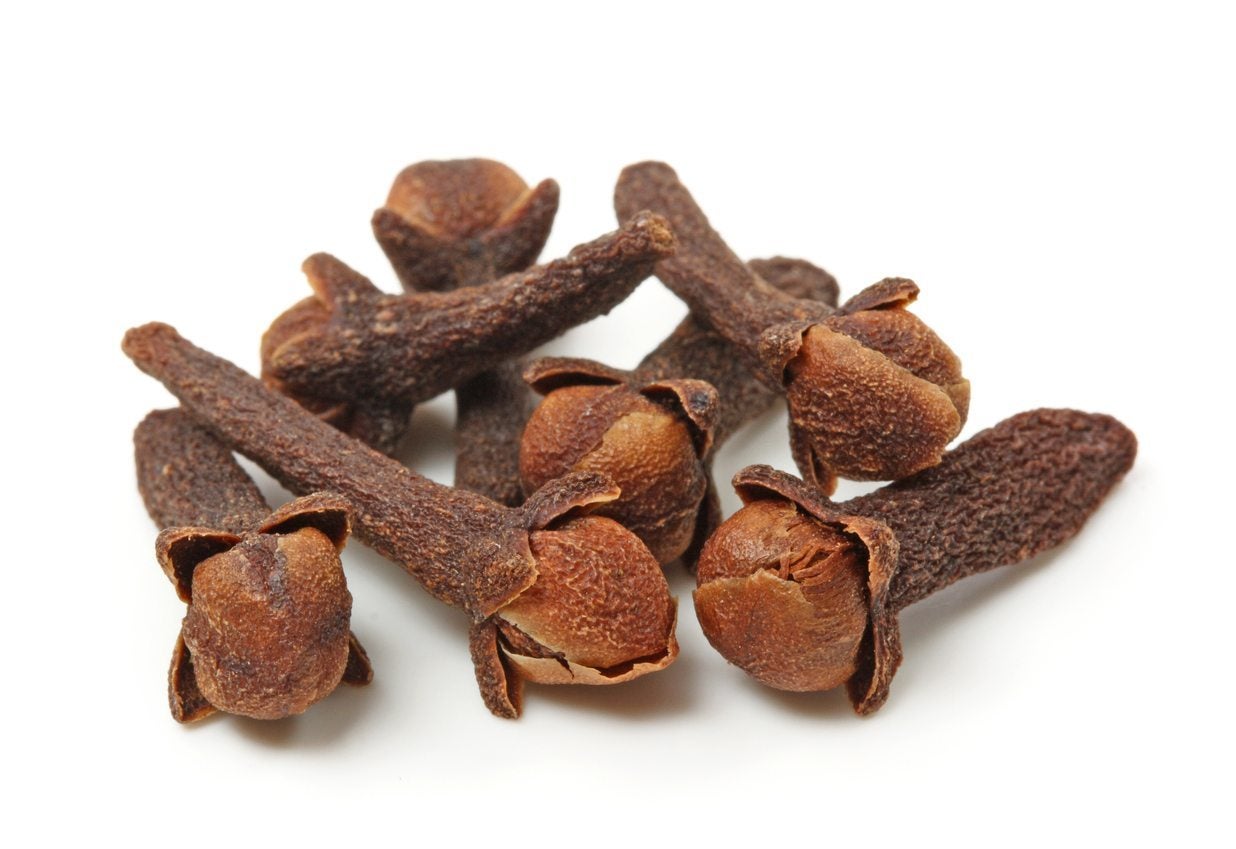 Clove Harvest Guide: Learn How To Harvest Cloves For Kitchen Use
Clove Harvest Guide: Learn How To Harvest Cloves For Kitchen UseThe cloves you use to flavor your dishes are the result of at least 6 years of growth on the part of the tree. Six years is the minimum time it takes the tree to flower. If you?re interested in learning more about the harvesting of cloves, this article will help.
By Amy Grant
-
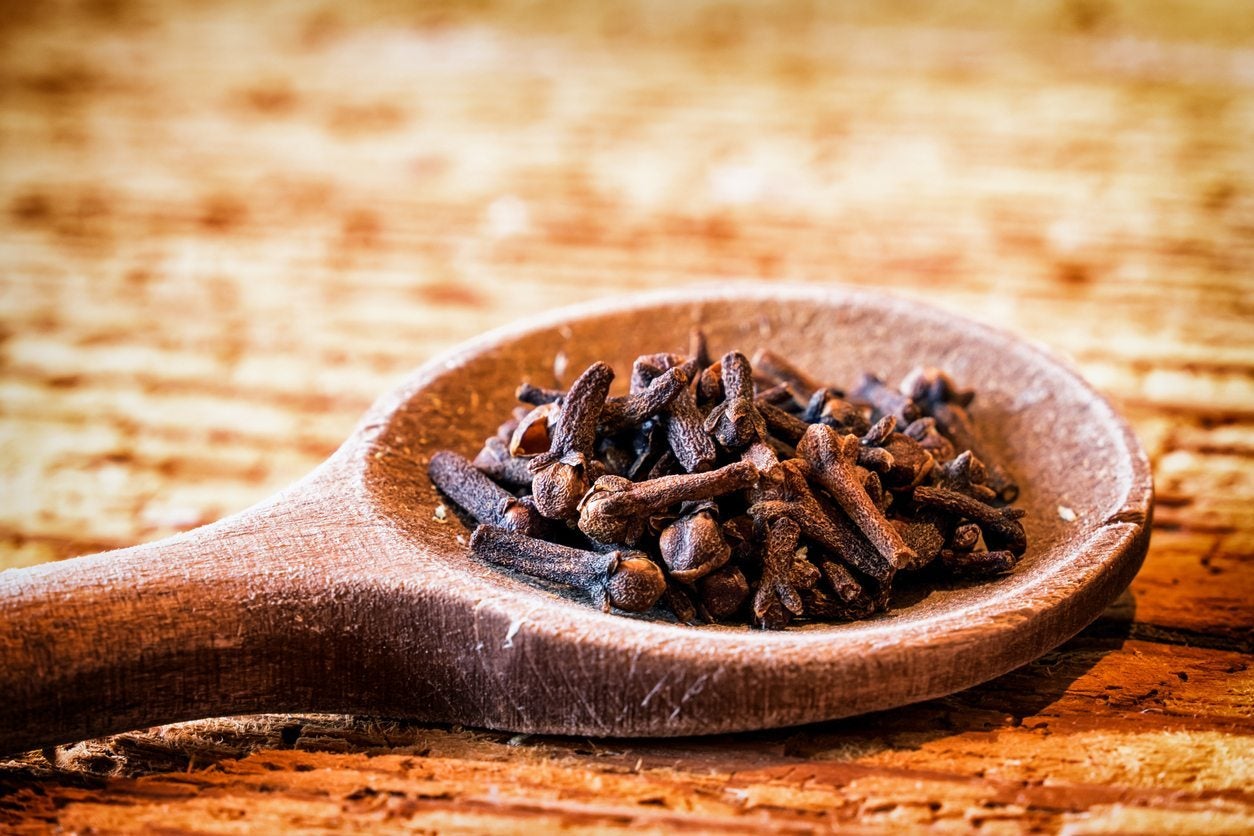 Common Uses For Cloves – How To Use Cloves From Your Garden
Common Uses For Cloves – How To Use Cloves From Your GardenIf you?re lucky enough to have a clove tree in your yard, you can harvest and use your own cooking and medicinal spice. Clove tree uses range from basic landscaping to actually harvesting and cooking with your cloves. Here are some ideas for what to do with your backyard cloves.
By Mary Ellen Ellis
-
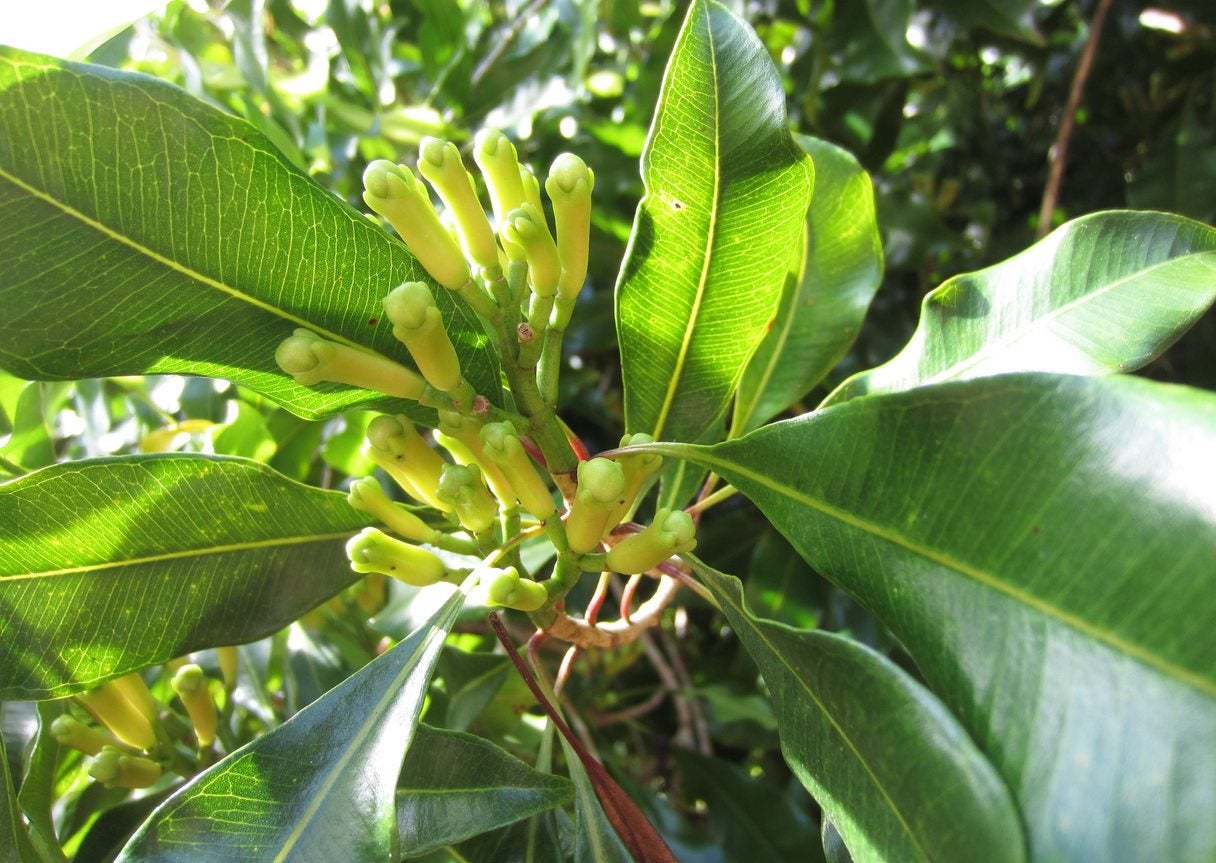 What Are Clove Tree Uses: Clove Tree Information And Growing Tips
What Are Clove Tree Uses: Clove Tree Information And Growing TipsClove trees produce the cloves you use to spice up your cooking. Can you grow a clove tree? According to clove tree information, it's not hard to grow these trees if you can provide ideal growing conditions. Learn what those are in this article.
By Teo Spengler